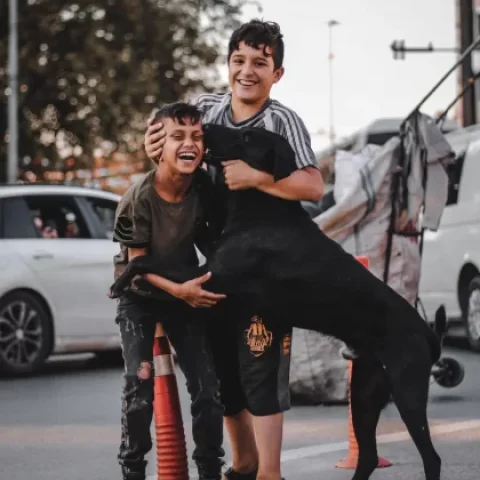
Circular Culture
At the Culture Summit of United Cities and Local Governments (UCLG) held in Izmir in 2021, we developed a new concept for regenerating life on earth. This is “Circular Culture.” This concept considers culture as the mortar that binds a building together, the drops of water that connect the roots and branches of a tree.
Circular culture goes beyond our daily practices that temporarily fix individual problems. Instead, it seeks a holistic transformation of our cities through fostering harmony between people and nature as well as the past and the future. Therefore, IZPA considers circular culture as the essence of circular urbanism.